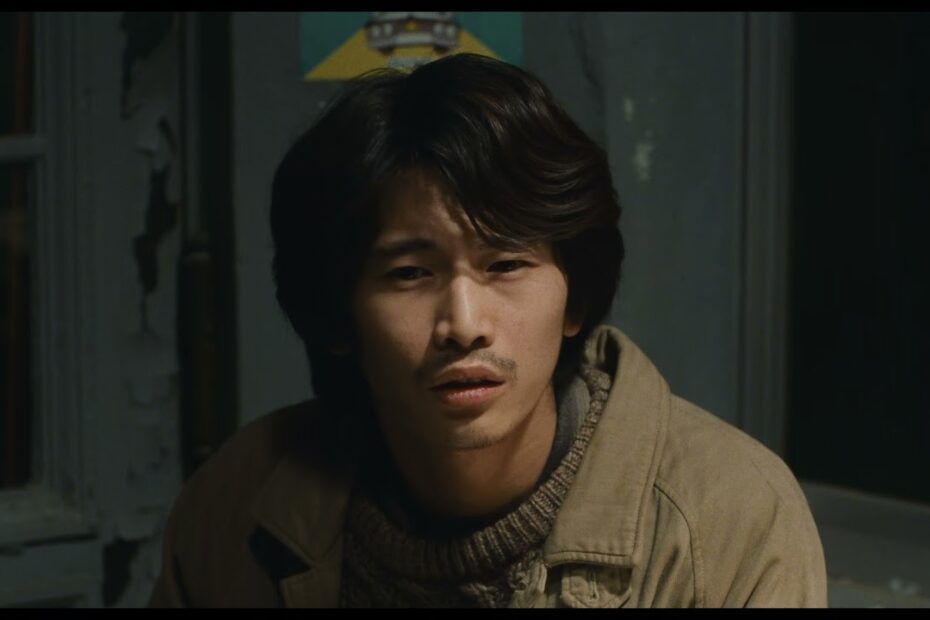Why “Cure” by Kiyoshi Kurosawa is a Masterpiece of Psychological Horror
If you’ve ever thought, “I need a movie that will make me question my sanity while also making me forget how to blink,” then Cure is your holy grail. Kiyoshi Kurosawa’s 1997 film doesn’t just dabble in psychological horror—it dives headfirst into the deep end of your subconscious and refuses to let you come up for air. The story follows a detective unraveling a series of murders linked by a mysterious amnesiac, but don’t let the plot fool you—this isn’t your typical whodunit. It’s a slow-burn nightmare that creeps into your brain like a shadow you can’t shake, leaving you wondering if you’re the one who needs a cure.
What makes Cure a masterpiece is its ability to make you feel like you’re losing your grip on reality without ever resorting to cheap jump scares or over-the-top gore. Kurosawa’s genius lies in his use of atmosphere, silence, and unsettling visuals that linger long after the credits roll. The film’s exploration of hypnosis, identity, and the fragility of the human mind is so hauntingly effective, you’ll start side-eyeing your own reflection. Plus, the performances are so eerily understated, you’ll be convinced the actors themselves might be under some kind of spell. Cure isn’t just a movie—it’s an experience that will leave you questioning everything, including why you thought watching it alone at night was a good idea.
- Atmosphere: So thick, you’ll feel like you’re drowning in unease.
- Silence: The kind that makes you hear your own heartbeat louder than the dialogue.
- Unsettling visuals: Because who doesn’t love a good existential crisis?
Unraveling the Dark Themes in Kiyoshi Kurosawa’s “Cure”
Kiyoshi Kurosawa’s Cure isn’t just a psychological thriller—it’s a masterclass in making you question your own sanity while sitting in a dark room. The film dives headfirst into themes of identity, manipulation, and the fragility of the human mind, all wrapped in a chillingly atmospheric package. What starts as a detective story quickly morphs into a haunting exploration of how easily the human psyche can unravel, leaving you wondering if you’re watching a movie or having an existential crisis. Kurosawa’s genius lies in his ability to make the mundane terrifying—because who knew a simple question like “Who are you?” could be so spine-tingling?
At its core, Cure is a dark meditation on the power of suggestion and the chaos it can unleash. The film’s antagonist, Mamiya, isn’t your typical villain—he’s more like a human virus, spreading psychological mayhem with eerie calmness. Kurosawa uses hypnotic visuals and a slow-burn narrative to pull you into a world where logic crumbles and morality becomes a slippery slope. Here’s a quick breakdown of the film’s most unsettling themes:
- Identity Crisis: Characters lose themselves, both literally and metaphorically, in a maze of forgotten memories and fractured personalities.
- Manipulation: Mamiya’s ability to control others with just a few words is both fascinating and horrifying.
- Existential Dread: The film leaves you pondering the nature of evil and whether it’s an external force or something lurking within us all.
By the time the credits roll, you’ll be questioning not just the film’s events, but your own grip on reality. Thanks, Kurosawa.
